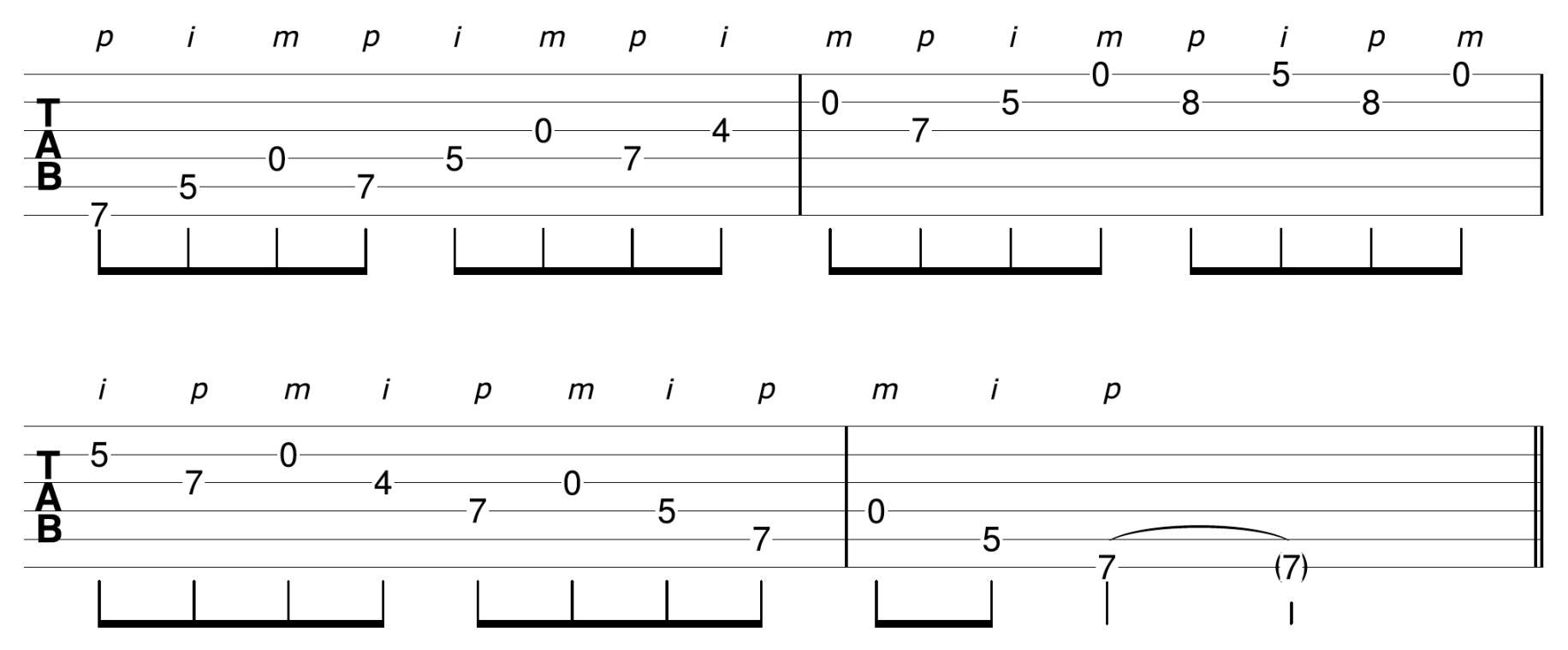Guitar Solo Techniques: Unleash Your Inner Shredder
So, you want to make your guitar sing, scream, and generally do all those cool things you see your favorite guitarists doing? You’re in the right place. Diving into guitar solo techniques can feel like learning a new language, but trust me, it’s a language worth learning. We’re going to break down some key techniques without getting too technical, so you can start jamming right away.
Bending: The Soul of the Blues
Bending notes is like adding a vocal quality to your guitar. It’s about grabbing a note and pushing or pulling it up or down in pitch. Think of those soulful blues solos where every note seems to cry. To start, pick a note and push it up the fretboard with your fretting hand. You’ll hear the pitch rise. The amount you bend determines the interval change – a half step, a whole step, or even more. Practice bending different notes and try to match the bends to the notes you hear in your head. It’s all about feel and control.
Vibrato: Adding That Shimmer
Vibrato is the subtle, rapid oscillation of a note’s pitch. It gives your notes that shimmering, expressive quality. There are a few ways to do it. You can wiggle the note up and down with your fretting hand, or you can use the whammy bar for a wider, more dramatic effect. The key is consistency and control. You want the vibrato to sound even and smooth, not shaky. Listen to how different guitarists use vibrato – from the subtle shimmer of a jazz solo to the wide, wailing vibrato of a rock anthem.
Hammer-Ons and Pull-Offs: Speed and Efficiency

These techniques are all about playing notes without picking them. Hammer-ons involve striking a higher note with your fretting hand after you’ve already picked a lower note. Pull-offs are the opposite – pulling your fretting finger off a higher note to sound a lower note on the same string. These techniques are essential for playing fast runs and creating legato phrases, where the notes flow smoothly together. Start slow and focus on getting a clean, clear sound. Speed will come with practice.
Slides: Smooth Transitions
Sliding is simply moving your fretting finger from one note to another without lifting it off the string. It creates a smooth, seamless transition between notes. You can slide up or down the fretboard. Experiment with different speeds and distances to create different effects. Slides are great for adding a sense of movement and fluidity to your solos.
Tapping: Two-Handed Magic
Tapping involves using both hands to tap notes on the fretboard. It allows you to play incredibly fast and complex runs. Start by tapping a note with your picking hand while holding down a note with your fretting hand. You can create intricate patterns and arpeggios by tapping different notes with both hands. It takes coordination and practice, but the results are mind-blowing.
Pinch Harmonics: Squealing Goodness
Pinch harmonics are those high-pitched squeals you hear in rock and metal solos. They’re created by lightly touching the string with your thumb or pick as you pick the note. The technique takes practice to master, as the placement of your thumb or pick is crucial. Experiment with different positions until you find the sweet spot where the harmonic rings out clearly.
Alternate Picking: Speed and Precision
Alternate picking is about picking every note with alternating downstrokes and upstrokes. It’s the foundation of fast, precise playing. Start slow and focus on keeping your picking hand relaxed and consistent. Gradually increase your speed as you become more comfortable. Alternate picking is essential for playing fast runs and arpeggios.
Sweep Picking: Arpeggio Mastery
Sweep picking is a technique used to play arpeggios quickly and smoothly. It involves sweeping your pick across multiple strings in a single, fluid motion. It takes coordination and practice, but it’s a powerful tool for playing complex arpeggios. Start by practicing simple arpeggios and gradually increase the complexity as you improve.
Legato: Smooth and Fluid
Legato playing connects notes smoothly without any gaps or breaks. Hammer-ons, pull-offs, and slides are essential for creating legato phrases. Focus on minimizing the space between notes and creating a seamless flow. Legato playing can add a beautiful, singing quality to your solos.
Using Scales and Modes: The Building Blocks
Knowing your scales and modes is crucial for creating melodic and interesting solos. Scales and modes provide the framework for your solos, giving you a set of notes that sound good together. Start by learning the major and minor scales, and then explore different modes like Dorian, Phrygian, and Lydian. Understanding scales and modes will help you create solos that are both melodic and harmonically rich.
Developing Your Own Style: The Final Frontier
Ultimately, the goal is to develop your own unique style. Listen to your favorite guitarists, but don’t just copy them. Experiment with different techniques and find what works for you. Don’t be afraid to make mistakes – that’s how you learn and grow. Practice regularly, and most importantly, have fun!
Conclusion
Diving into guitar solo techniques is a journey, not a destination. It’s about constantly learning, experimenting, and pushing your boundaries. Each technique we’ve discussed, from bending and vibrato to tapping and sweep picking, adds a unique flavor to your playing. Remember to start slow, focus on clean execution, and gradually increase your speed and complexity. Don’t get discouraged by the challenges – every guitarist faces them. The key is consistent practice and a passion for music. Embrace the learning process, explore different styles, and most importantly, let your creativity shine. As you master these techniques, you’ll find your own voice on the guitar, creating solos that are uniquely yours. So, pick up your guitar, start practicing, and let the music flow.

